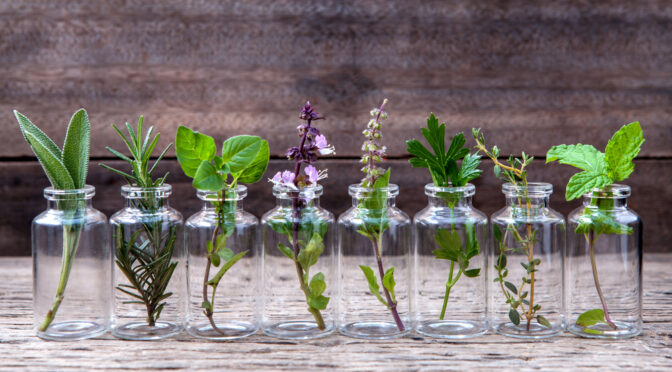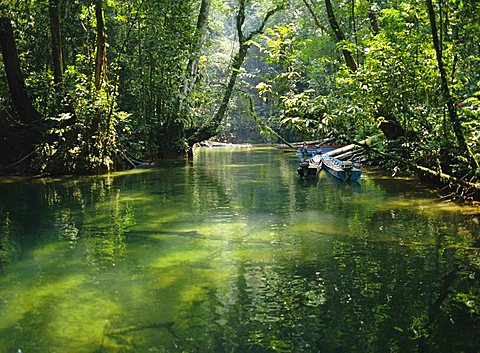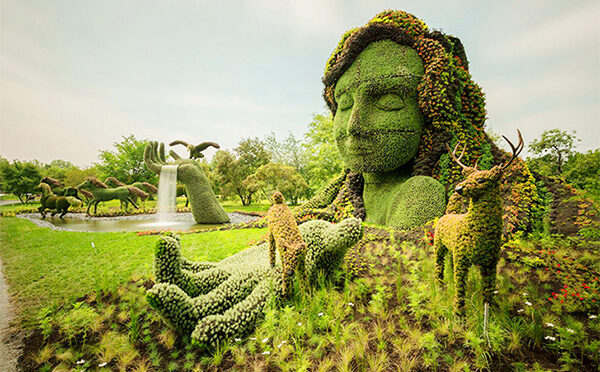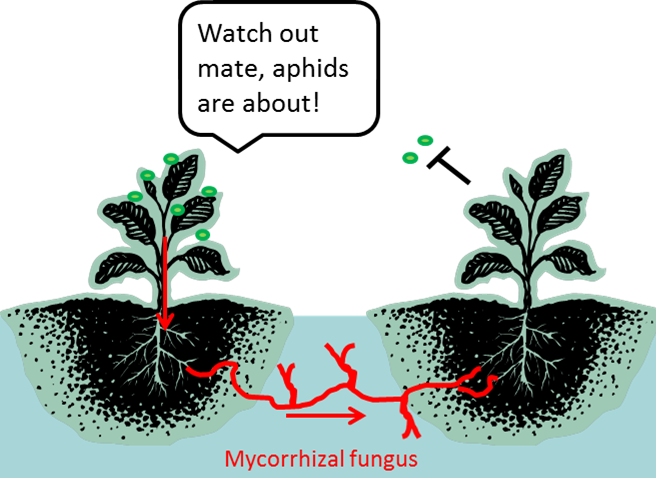The connection between the natural world and medicine is profound. The potential to yield new natural medicinal properties is obvious when many modern pharmacological findings are derived from nature.
Over half of all pharmaceuticals developed over the past quarter century are directly derived from or modeled after compounds from nature.
As big pharma increase synthetic drug production and the destruction of Earth’s biosphere continues, there’s a fundamental truth that’s being tragically overlooked. The human race depends on a thriving biodiversity that yields variety of all natural compounds.
1. The Madagascar Periwinkle makes pediatric leukemia and Hodgkin’s Lymphoma curable today.

2. A Caribbean Sponge slows down HIV, stopping new growth to form.

3. A Philippine Reef-dwelling Cone Snail produces a non-addictive venom that treats patients with severe pain refractory to narcotics.

4. The Pacific Yew Tree bark yields a chemotherapeutic agent that enhances the lives of women with breast and ovarian cancer.

5. On the Island of Borneo, within the ancient Sarawak forest, grew a tree with potential to save HIV patients. The massive discovery became a frantic search when the National Cancer Institute realized the tree has been demolished.
The island of Borneo isn’t an isolated issue. In tropical rain forests, less than 1% of plant species has been screened for medical potential.
Yet, over the last 20 years, more than 33 million hectares (338,000 km2) of Amazonian rain forest in Brazil alone have been cleared.
This isn’t a moment to feel helpless, there’s ways you can save rain forests from home. Ditch brand new! Buy antique, reclaimed, or restored furniture, cabinets, and other household items. Billions of consumers always buying new has a negative global impact. When shopping, use money as a vote for the future you want to see. Conscious buying is a powerful tool that will shut down unethical logging, mills, and farms.
Obscure areas of the rain forests and oceans receive public attention for their natural medicine, however, we can find the value of earth in every inch. No matter where you are and how you live, there’s an opportunity to improve the environment. Make a conscious choice to use less chemicals, reuse, upcycle, and with the remains recycle. Reduce your carbon footprint by choosing reusable beverage containers, bring reusable bags to the grocery store, eat sustainably caught seafood. Be proactive and pick up trash on the ground. Even creating a healthy wildlife habitat in your backyard is mutually beneficial.
Every person has an opportunity to stand for change and that includes you. We have the power to make the world better every day with conscious actions. When you look upon a flower, a beetle, and the beautiful nature earth blesses us with, remember there’s unlimited knowledge that can be discovered. As a whole, we can use our intelligence to unlock the potential surrounding us and within. Comment below ways you make conscious actions a daily practice.
Resource: Biotropica – The Journal of the Association for Tropical Biology and Conservation Volume 42 Issue 5 pages 558-560
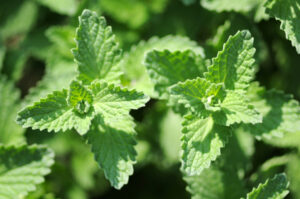 Now you may be thinking that this little plant is only for cats but it actually works wonders as a natural mosquito repellant!
Now you may be thinking that this little plant is only for cats but it actually works wonders as a natural mosquito repellant!
